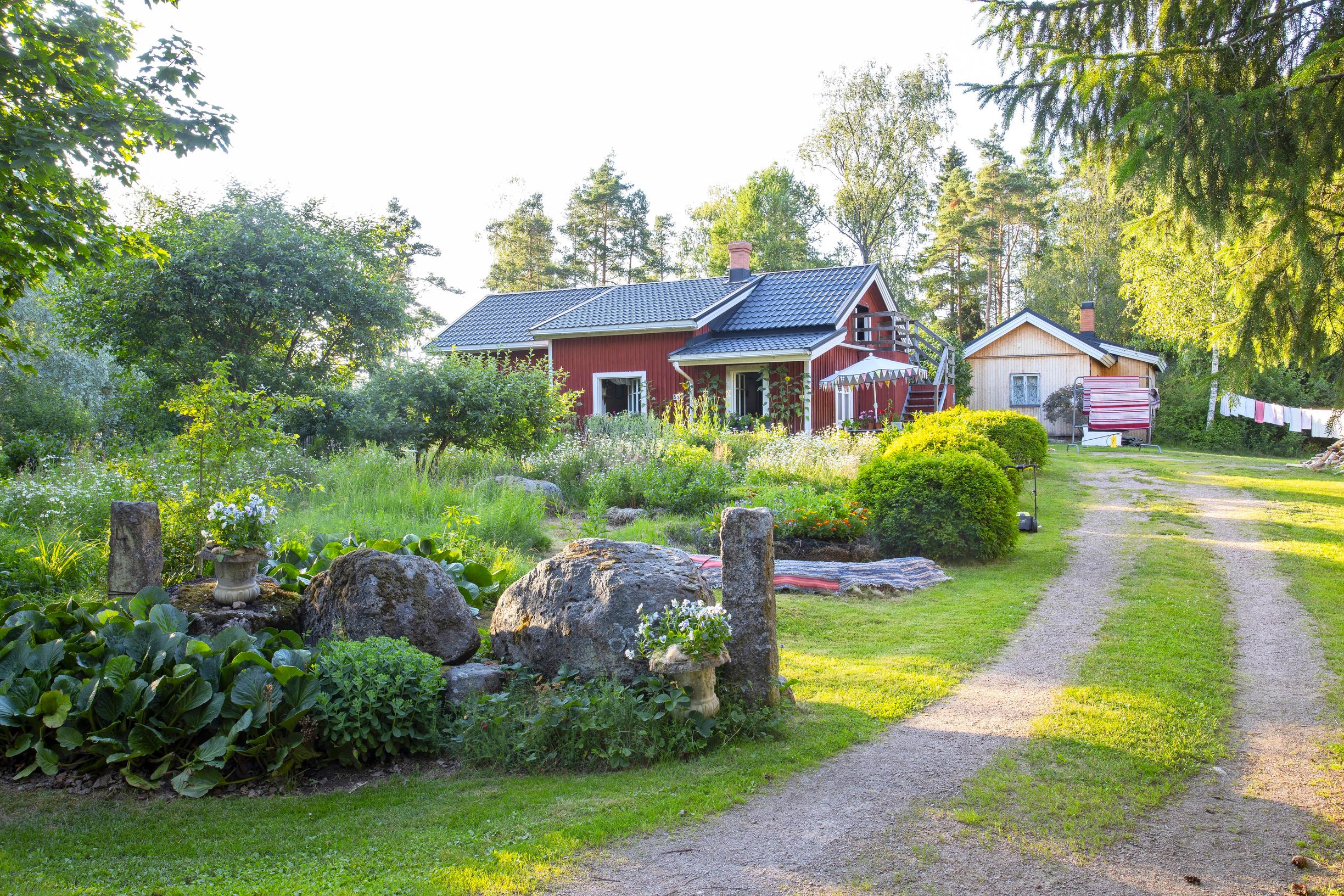
The village’s famous flower garden had become badly overgrown—then it was rescued by a novice gardener who “couldn’t tell parsley from nettle”
Finnish Maikki Autio made a major life change by moving from the city to an old house in the countryside. Decades ago, its garden was known for its abundant blooms, but it eventually fell into disrepair. Under Maikki’s care, the yard has begun to flourish again.
In the photos, the yard of the small red cottage was just lawn. That was all Maikki Autio knew when she bought her new home. It was winter, and she had already spent some time searching for the right place. She ended up in Laitila in southwestern Finland for a new job, a town she had never visited before. Her former hometown, Lahti, had closed all higher education programs in the cultural field in 2015, so Maikki, who worked as a music pedagogue, had to look for a new position. She found one at the Vakka-Suomi Music Institute in Laitila, where she now teaches music theory subjects, such as composition.
“I was getting desperate to find a house, because I didn’t want one that was too big, ugly, or in an area I didn’t like. The moment I saw this house, I felt I could make it wonderful,” she recalls.
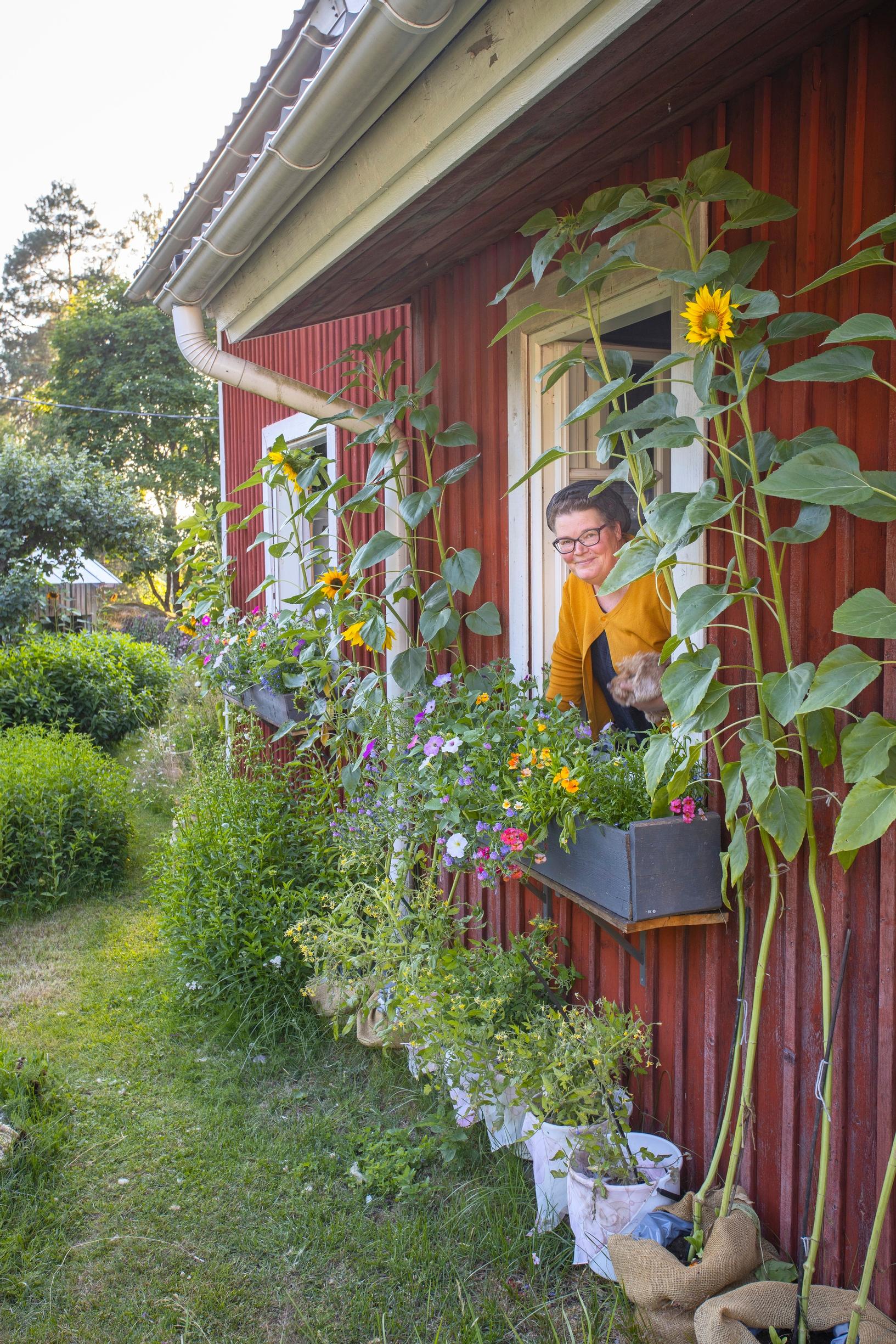
Located in the idyllic rural landscape of a small village, the oldest log sections of this house date back to 1890. The property covers almost one hectare. Maikki herself can’t fully explain how, having always lived in a city, she felt bold enough to take on an old house that needed renovating. She was equally inexperienced at gardening.
“At first, I couldn’t tell parsley from nettle. The whole yard was overgrown, so that first summer I just cleared brush. I used common sense: if I didn’t want raspberries here, I pulled them out.”
What: Maikki’s garden in Laitila
Size: About 1,500 m²
Soil: Old garden soil topped with raised beds made from store-bought soil, horse manure, and compost.
Special features: The garden still contains many decades-old perennials and rose bushes.
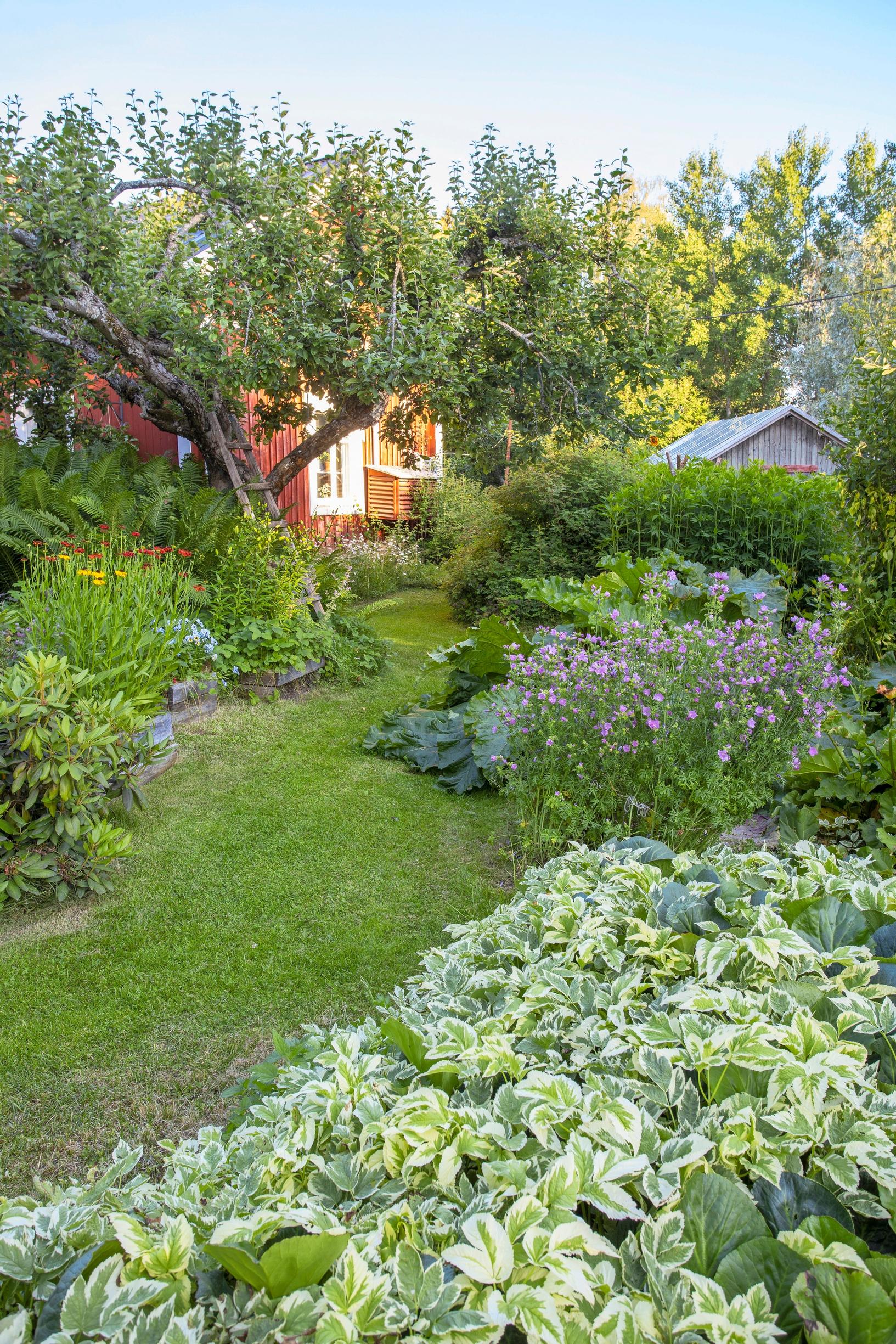
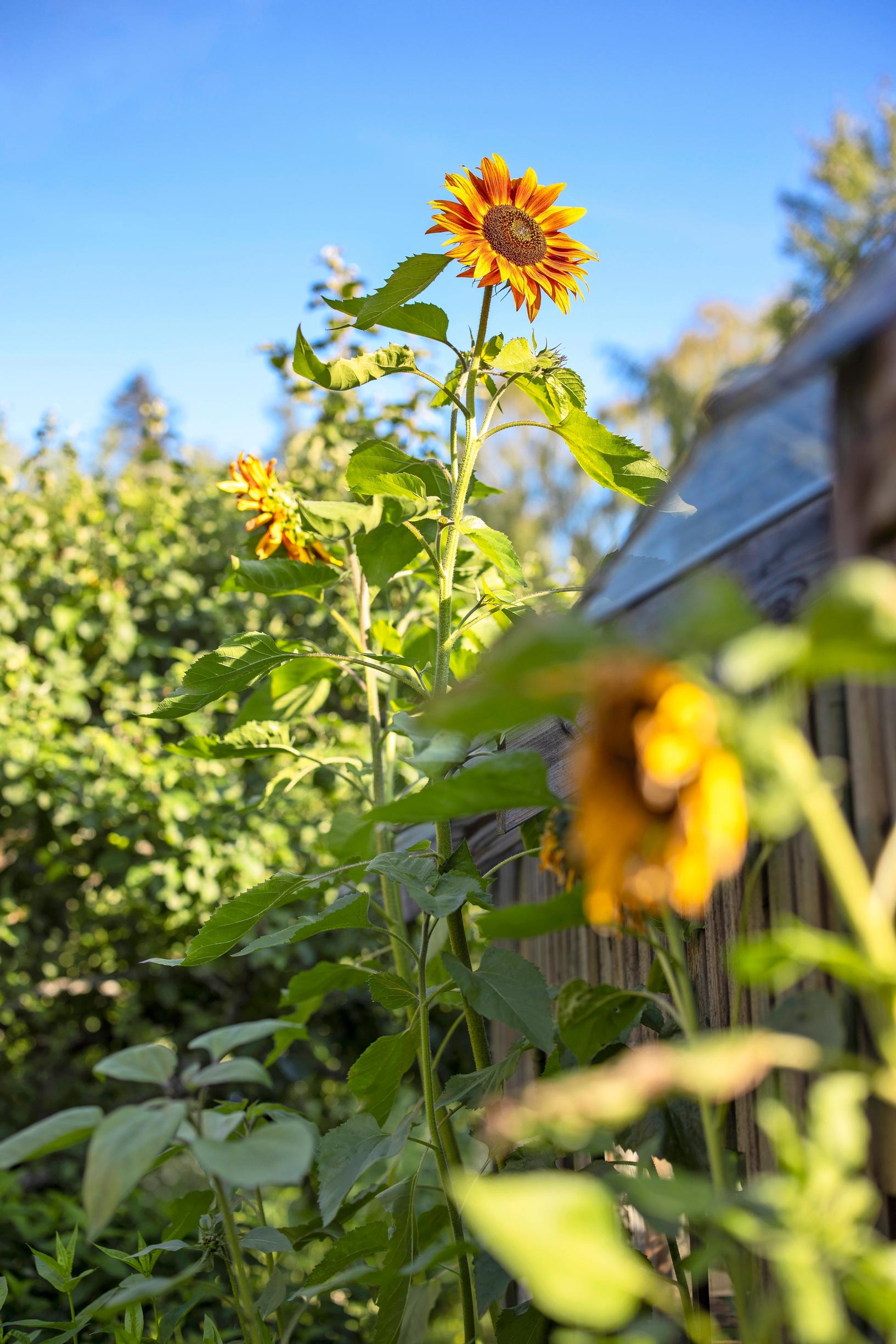
At first, the work felt hopeless. Sometimes Maikki was sure the plants reclaimed overnight all the ground she had cleared that day. But her enthusiasm grew quickly when, hidden in the brush, she found a rose bush, followed by peonies, daylilies, and other established garden plants. They had survived the previous owner’s time and persevered for years without care. Linda Laine lived in the house until she was over a hundred years old and passed away in 1999. People said the garden was always full of flowers in her time. Maikki decided the story of the region’s famous flower house should continue.
“I think the garden’s purpose is to welcome, invigorate, inspire, and bring joy. I believe nothing else affects a person more than a garden.”
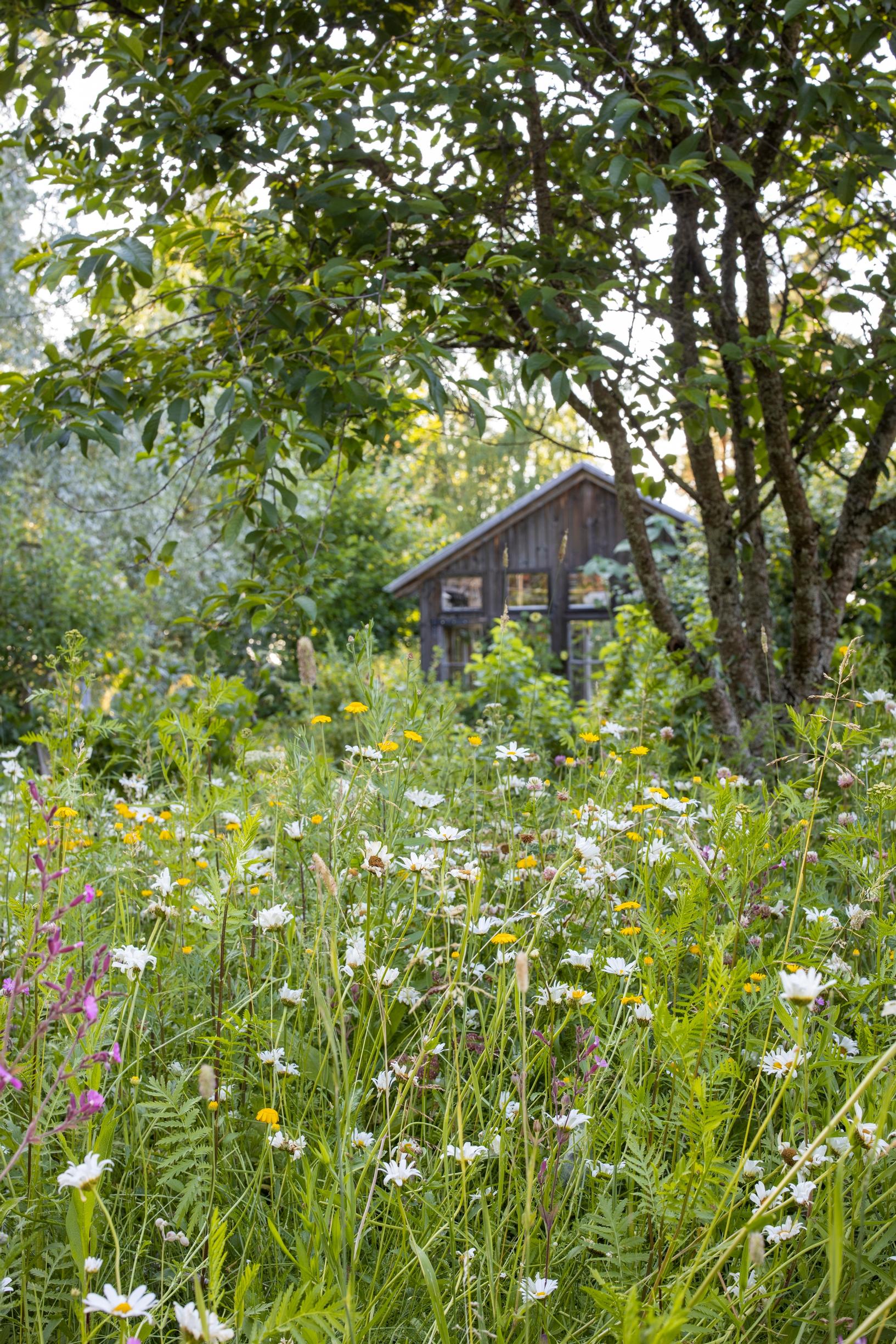
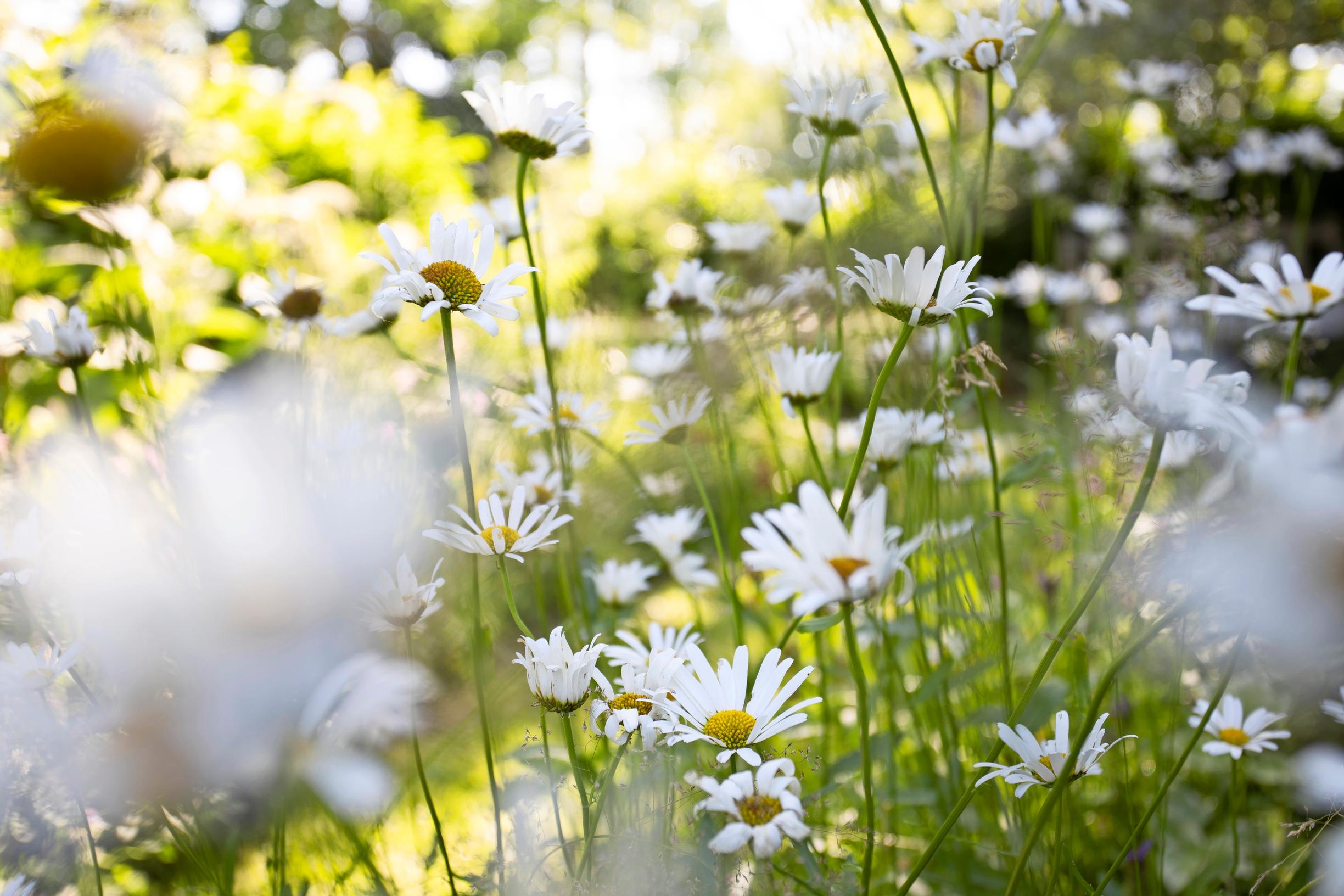
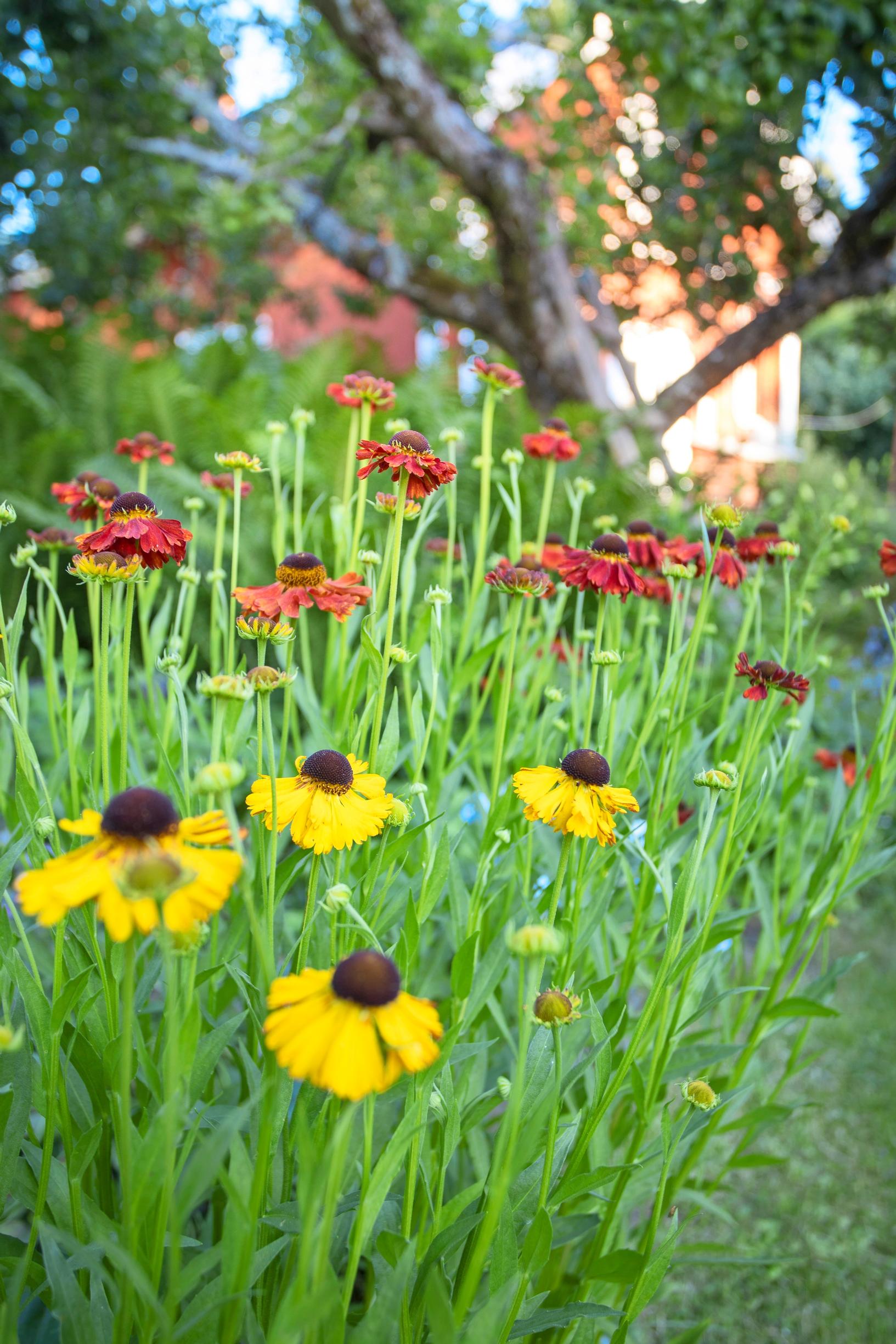
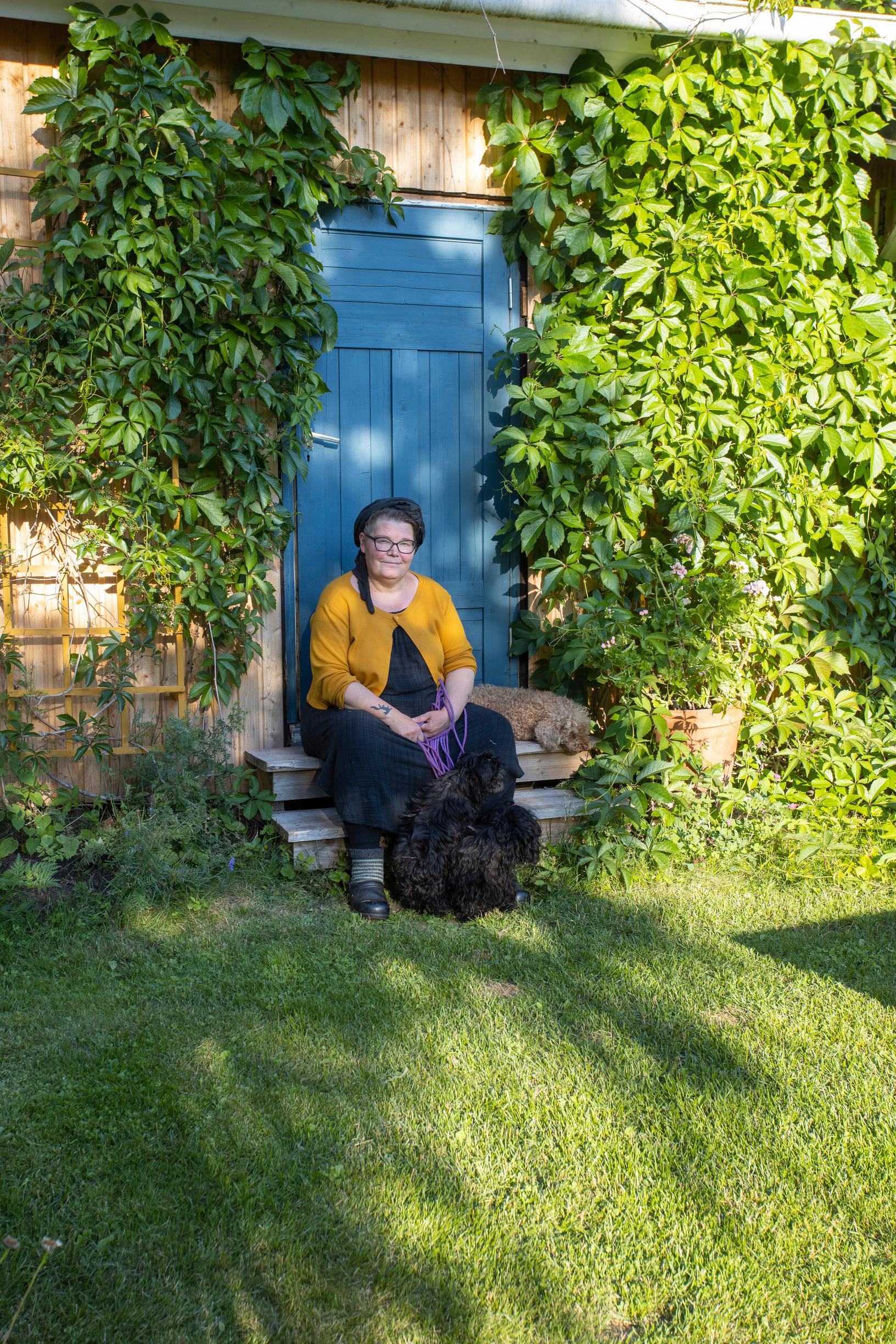
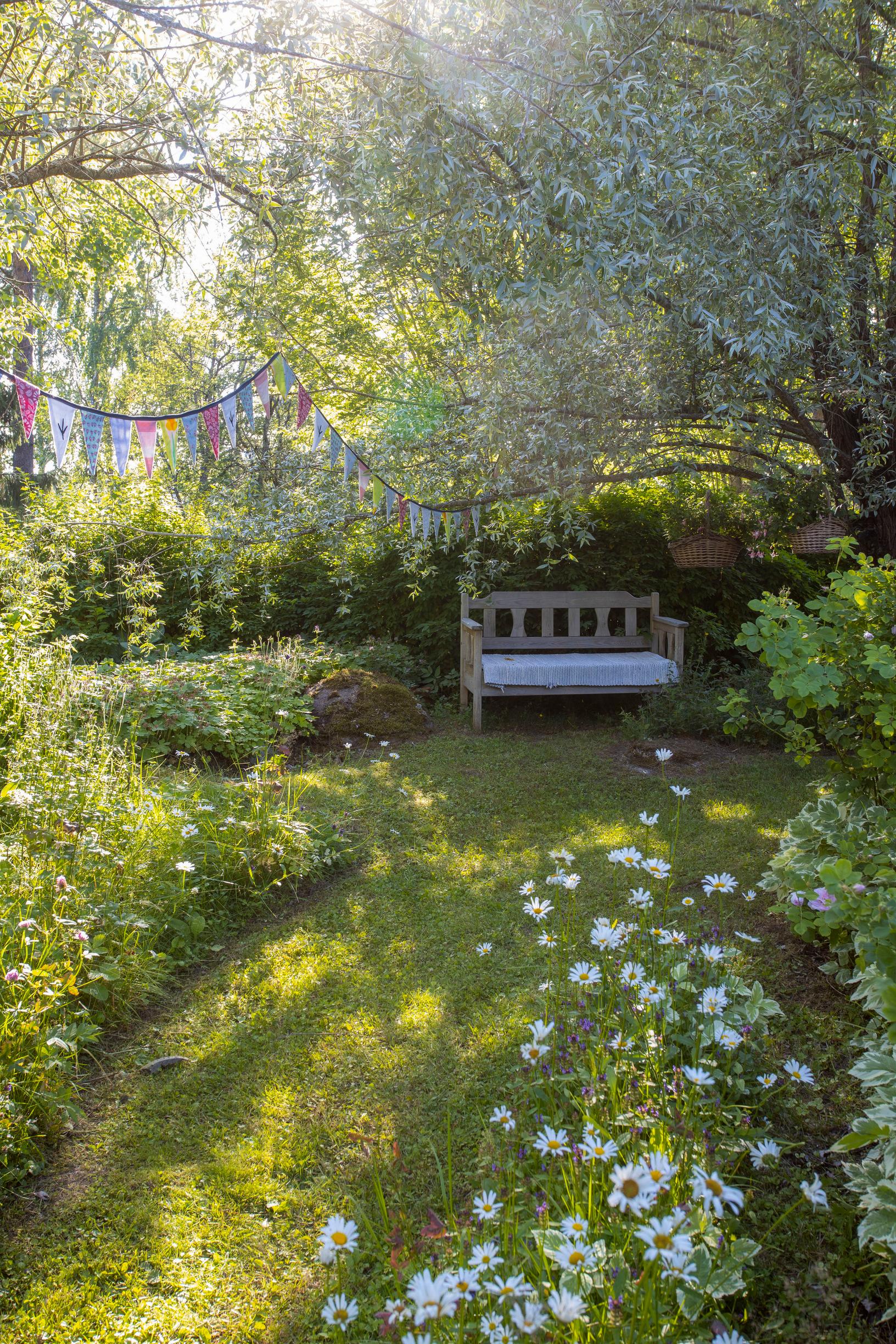
Maikki started learning about gardening online. She initially joined some Facebook gardening groups, but the discussions often got too heated. She found English-language videos on YouTube with tips like the no-dig method, which she sees as a quick and easy way to create new beds without heavy digging.
The lush, laid-back garden flows around the house via grassy paths, like a captivating melody. Still, Maikki notes that unlike music, she can’t picture the finished result in advance. She believes the key is balancing plenty of free-form growth with contrast.
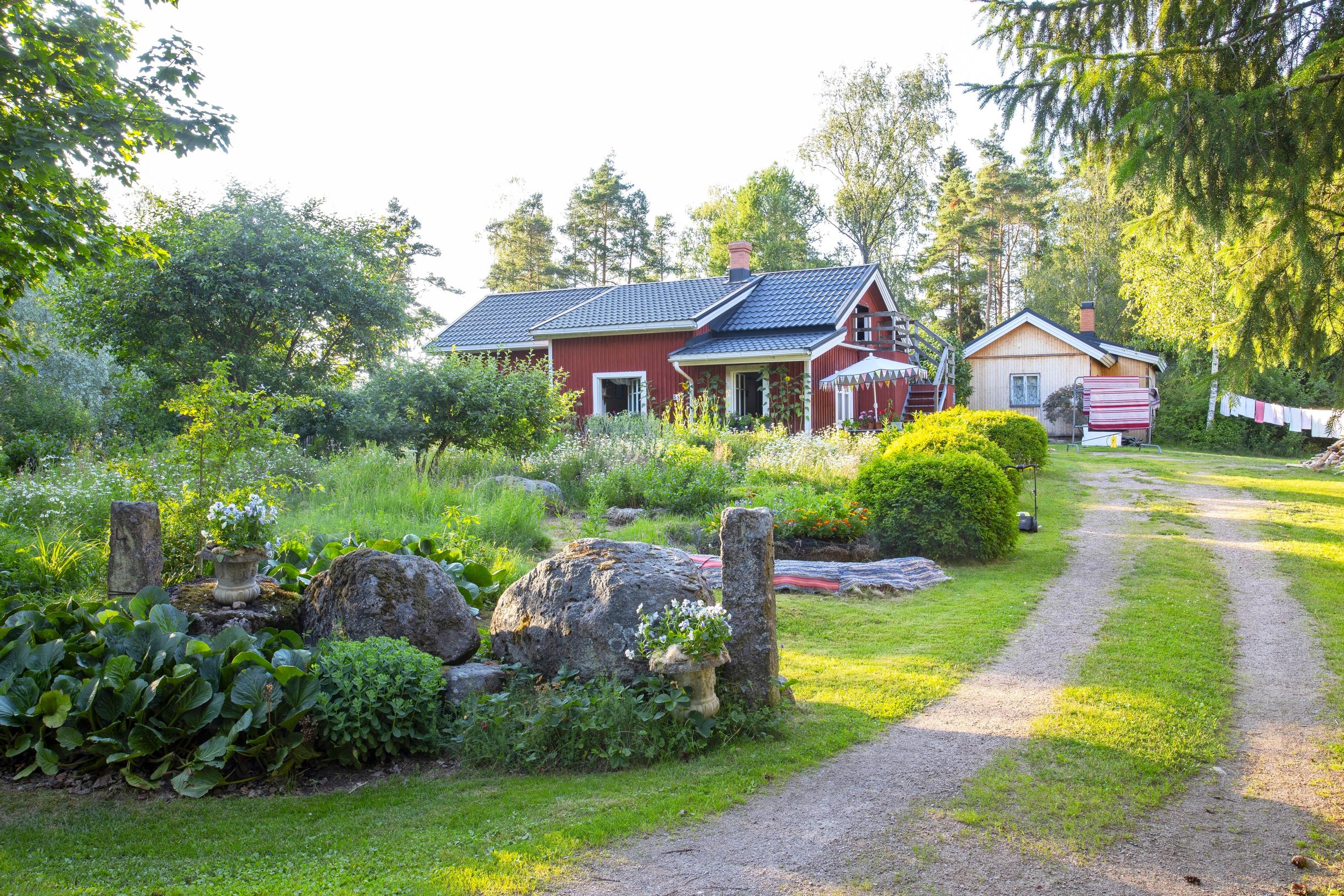
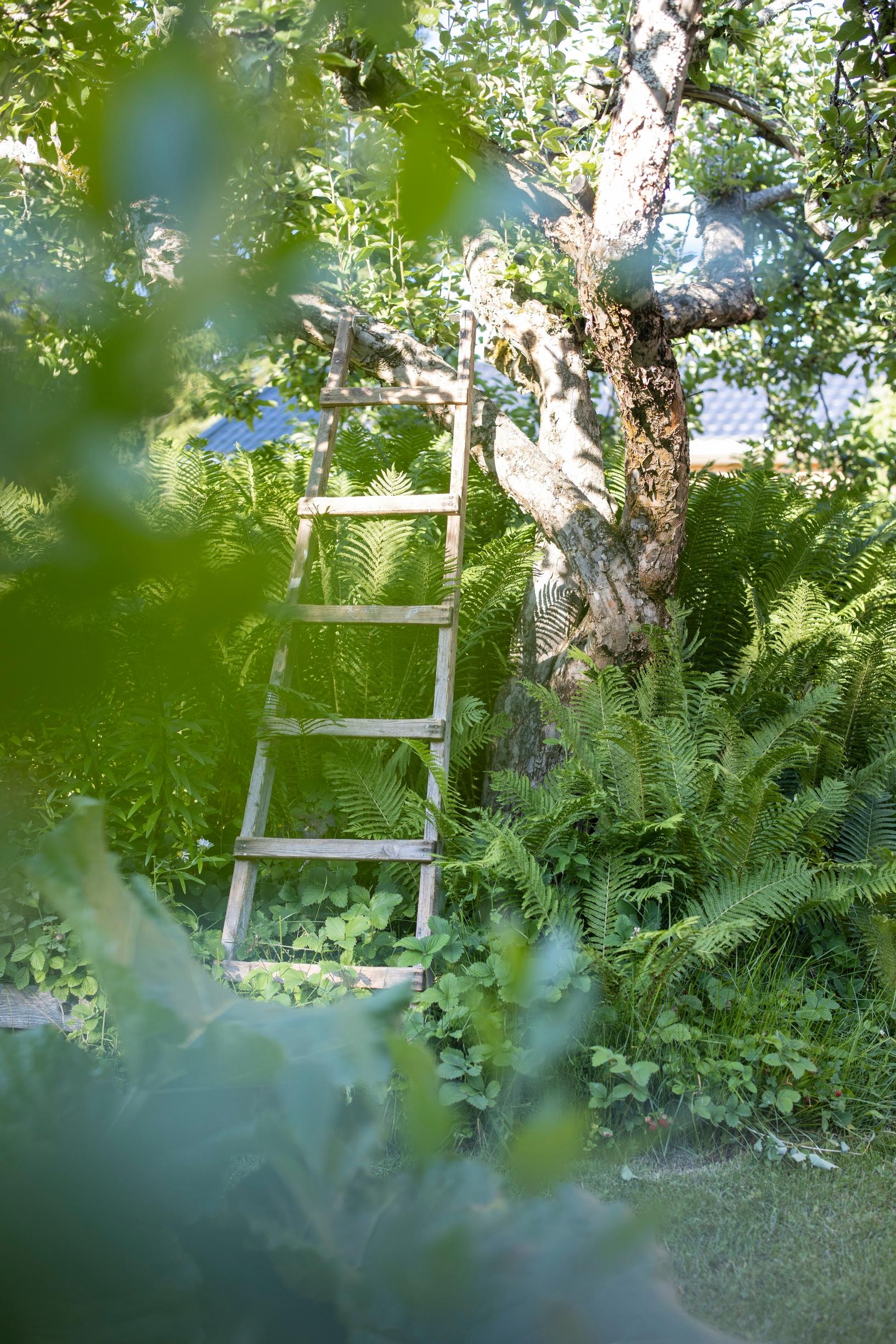
Linda Laine’s cherished old plants have been joined by newer ones, like variegated-leaf ground elder and autumn heleniums. Maikki’s latest enthusiasm is wildflower meadows, with daisies dominating. They connect the garden even more with the countryside. As she learned about meadow care, she was surprised how much each summer affects the next year’s look. Starting out, she found that three seedlings of the same variety barely show up in a large garden—it’s better to buy thirty at once. Now she grows most of her plants from seed.
“Growing from seed is so exciting. When you fail, you learn patience. It’s humbling to realize you often have to wait an entire year before trying again.”
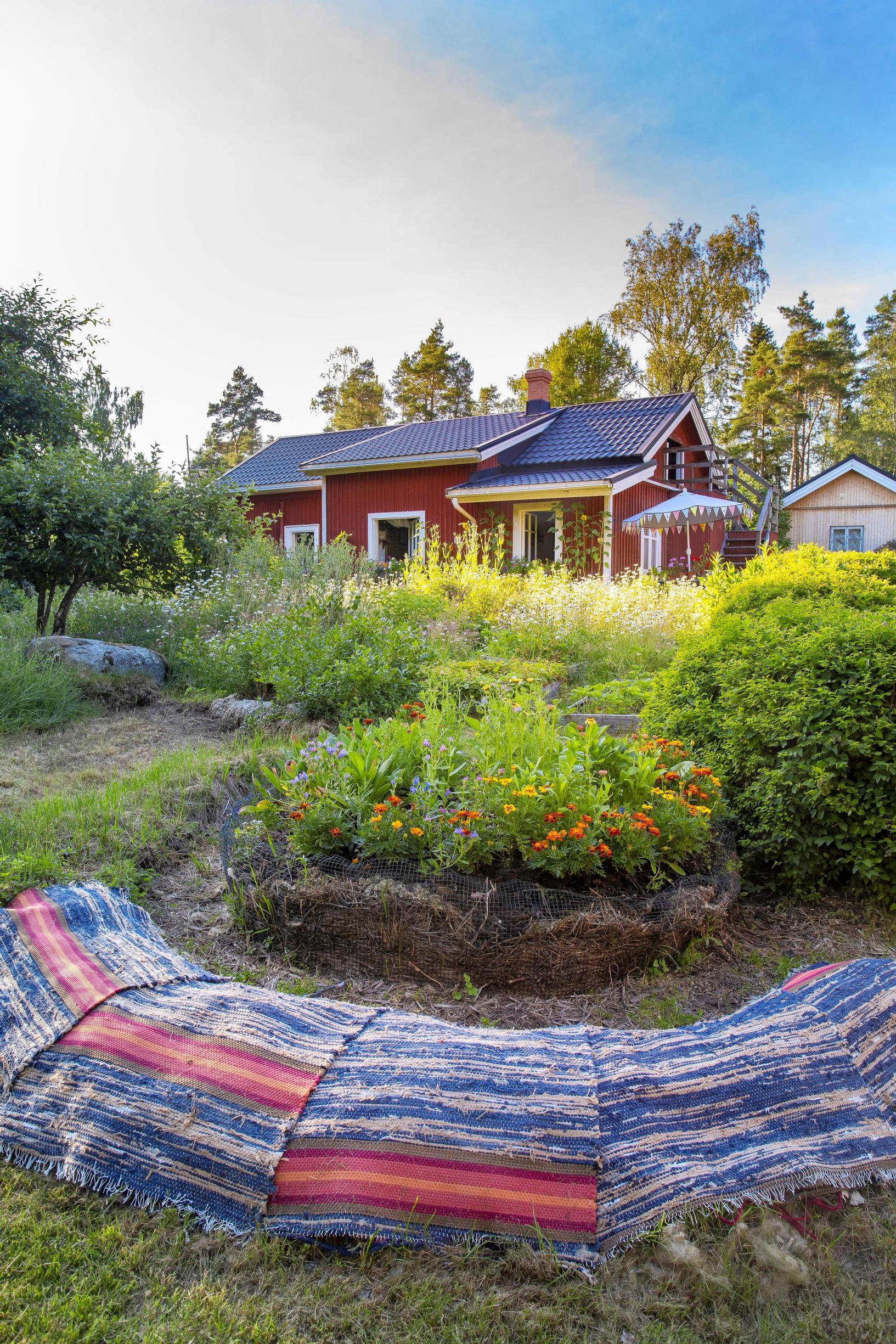
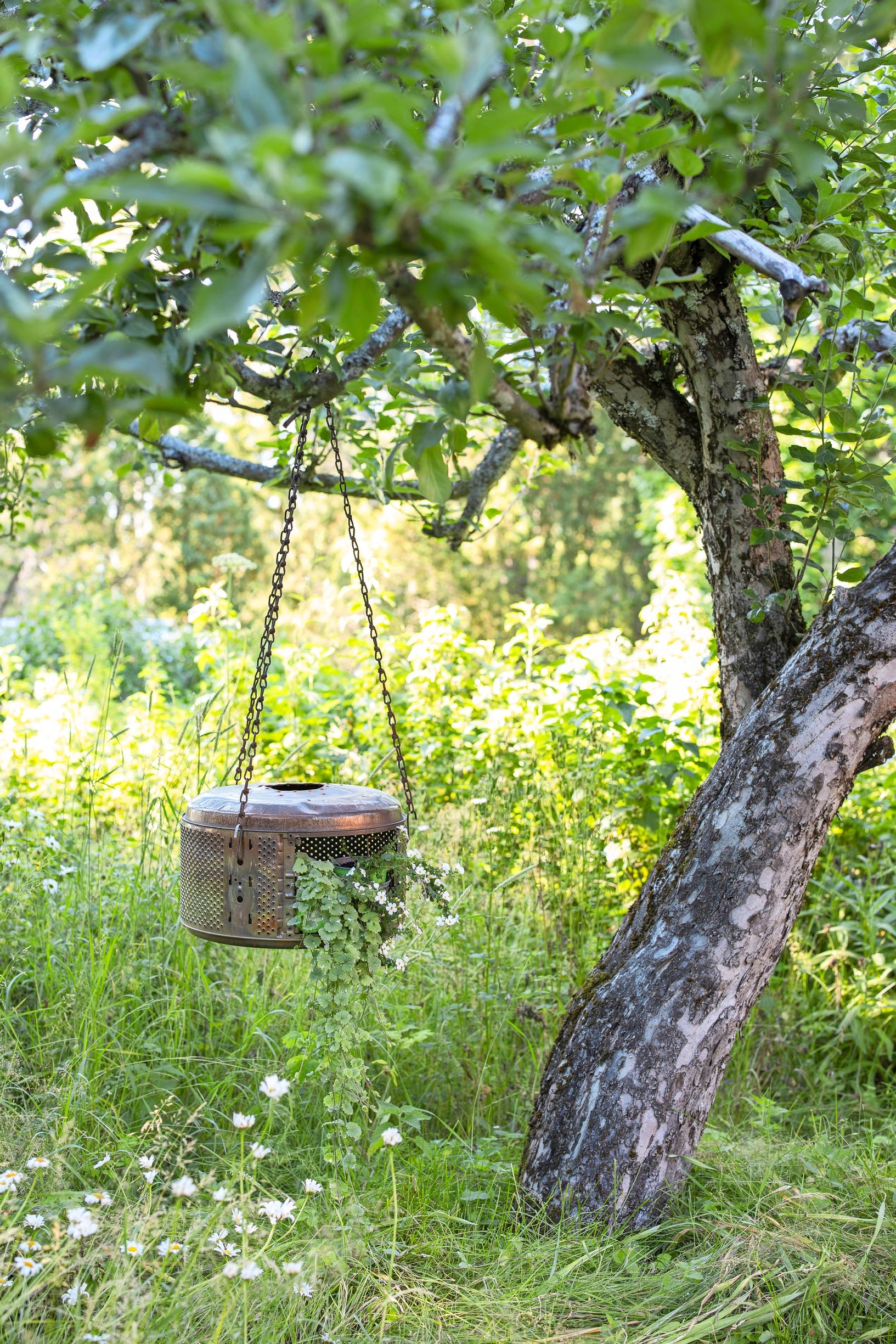
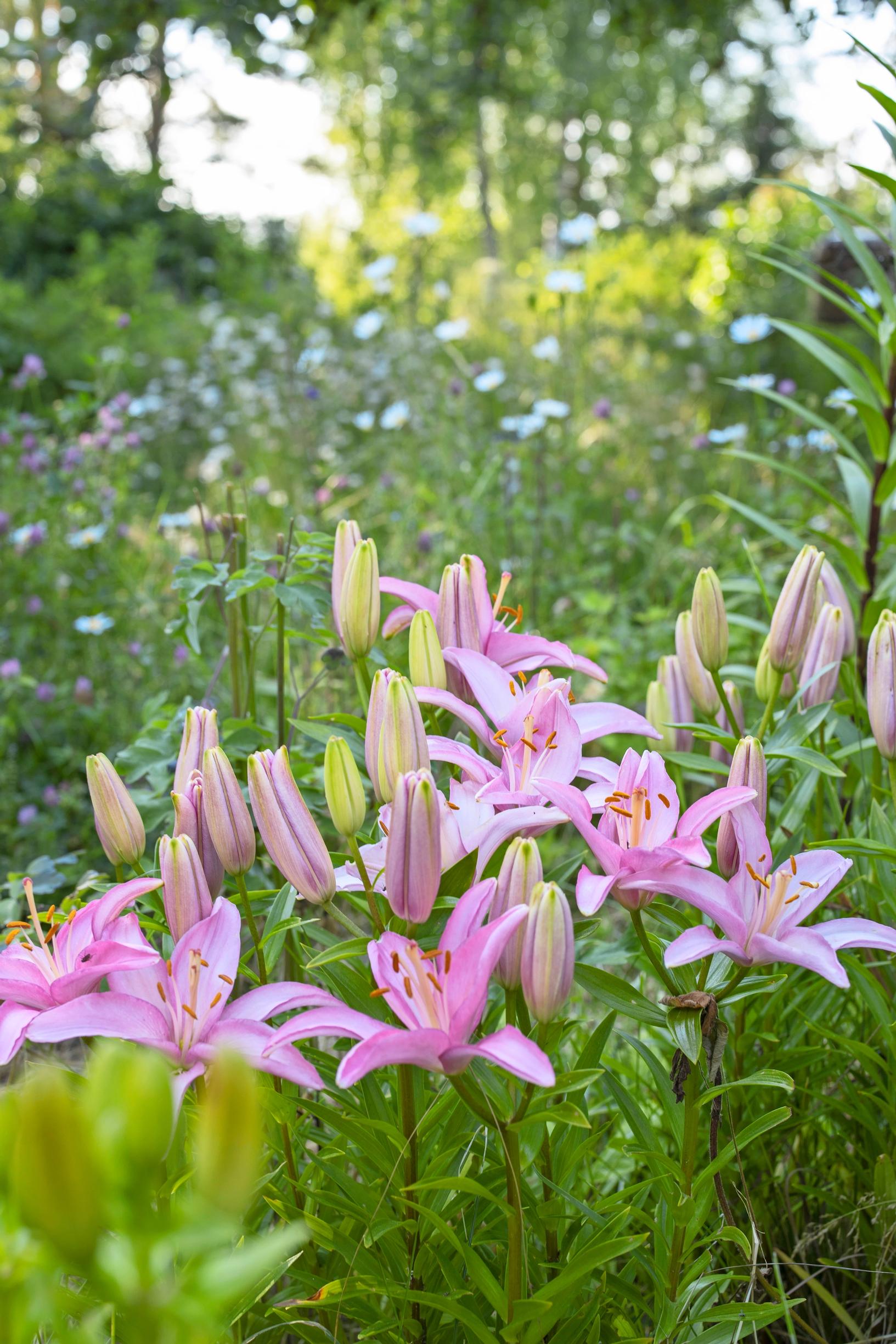
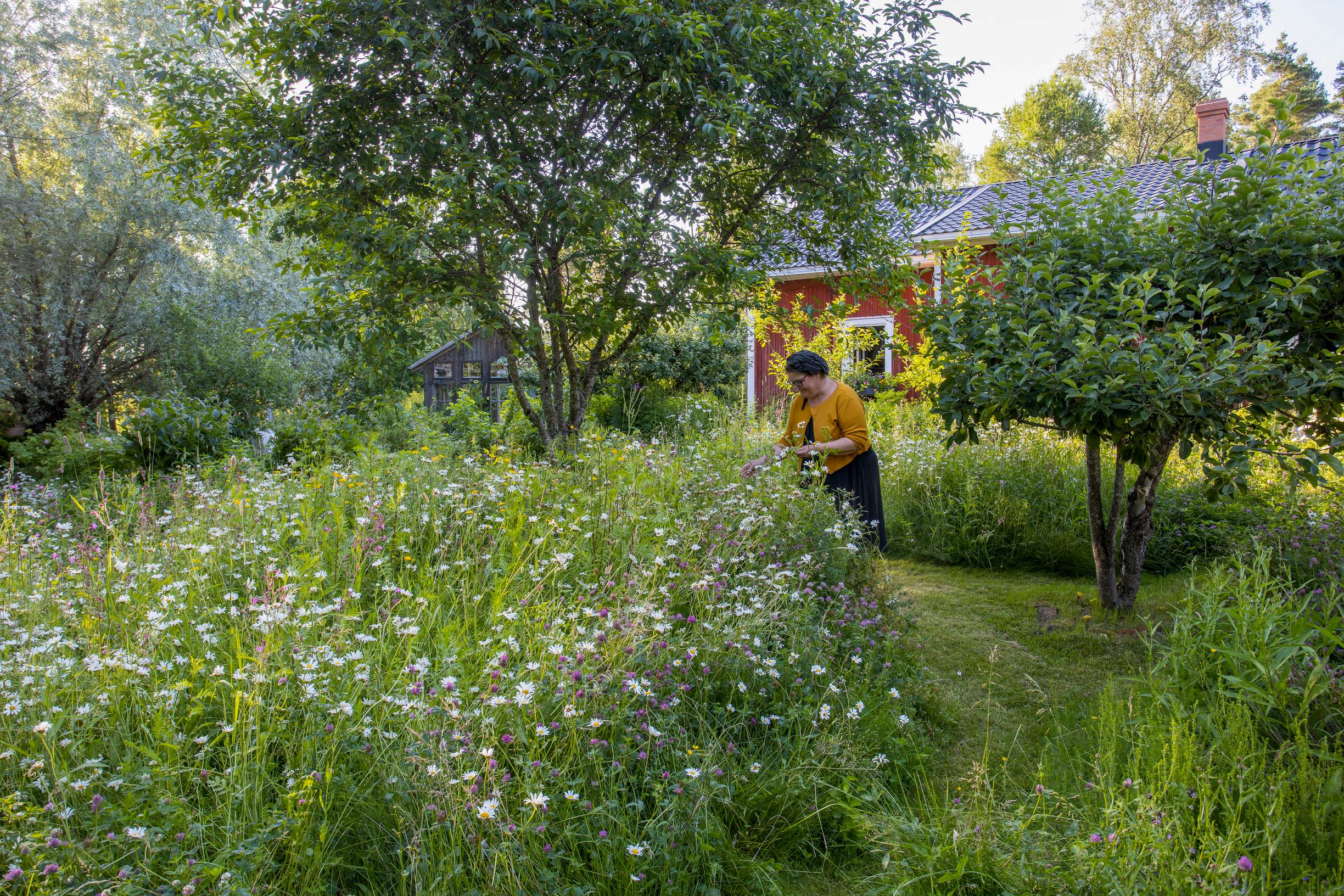
Over the years, Maikki has learned not to force things, because if you push too hard, it never turns out quite right. It’s easier to follow the plants’ natural tendencies. If a spot suits a plant, it will thrive with little fuss. She’s also amused to see how some plants behave like true divas—like the old rose that refuses to blossom if there’s even a hint of rain.
Maikki hopes to make Tipula, as she calls it, into a lively cultural venue, perhaps with a residency program. The old barn is already used as a summertime concert hall.
“It’s wonderful to imagine that someday a researcher or artist will say their work was created here.”
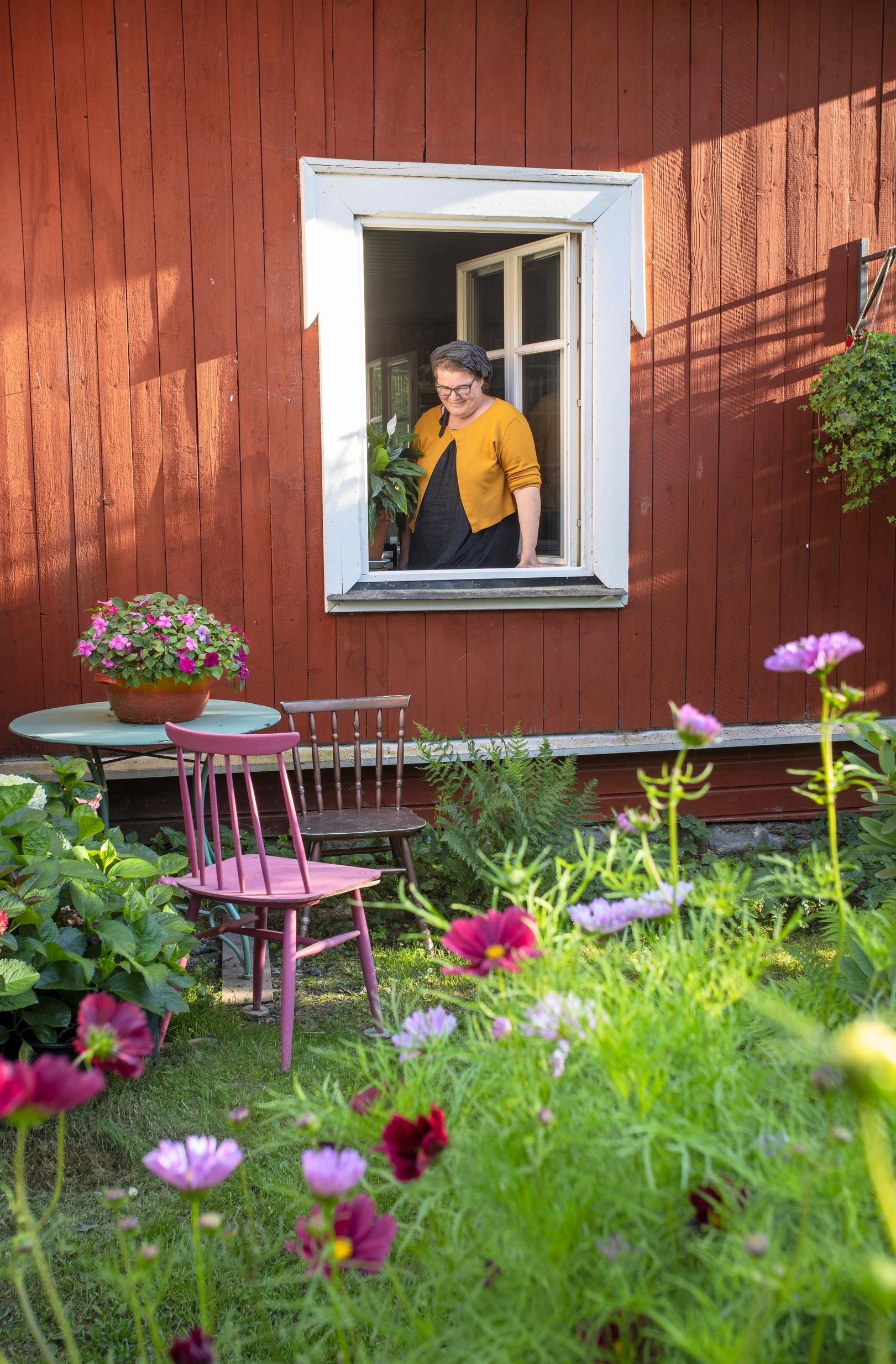
Maikki’s tips for relaxed gardening
1. Improve growing conditions
Adding organic material, such as well-composted horse manure or plant-based compost, always improves the soil. Cover any bare spots with moisture-retaining mulch, like straw, hay, grass clippings, or sheep’s wool.
2. Hire help
You don’t have to do all of the garden work yourself. There are professionals for specialized tasks or any that require machinery.
3. Remember native plants
For example, thistles can be just as showy as typical garden flowers and need virtually no care.
4. Let them grow
If you’re still learning to recognize plants, let unknown seedlings grow bigger. It’s usually easier to identify them once they mature.


